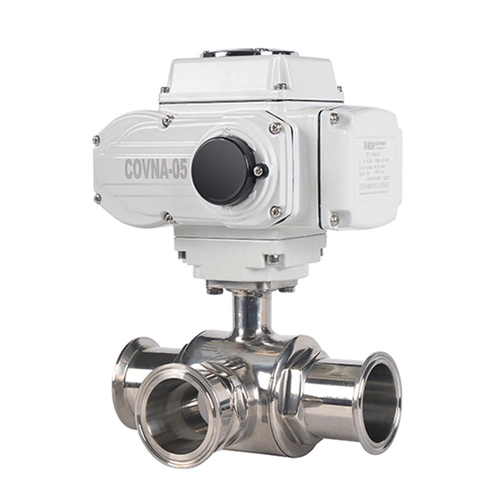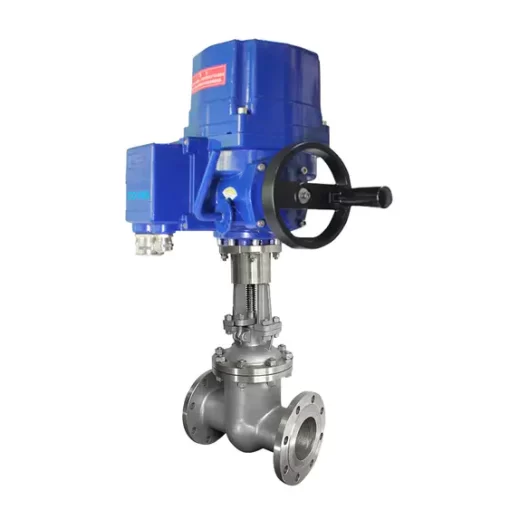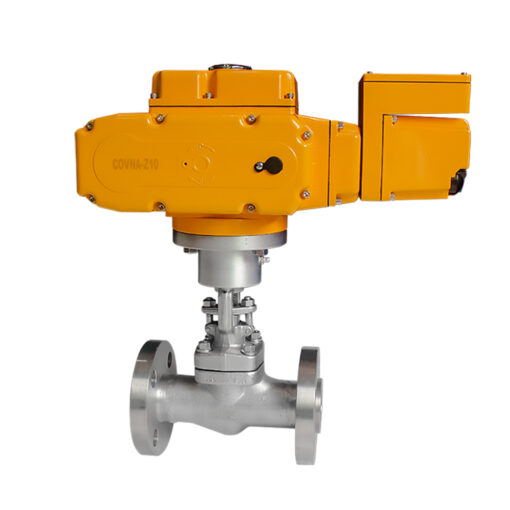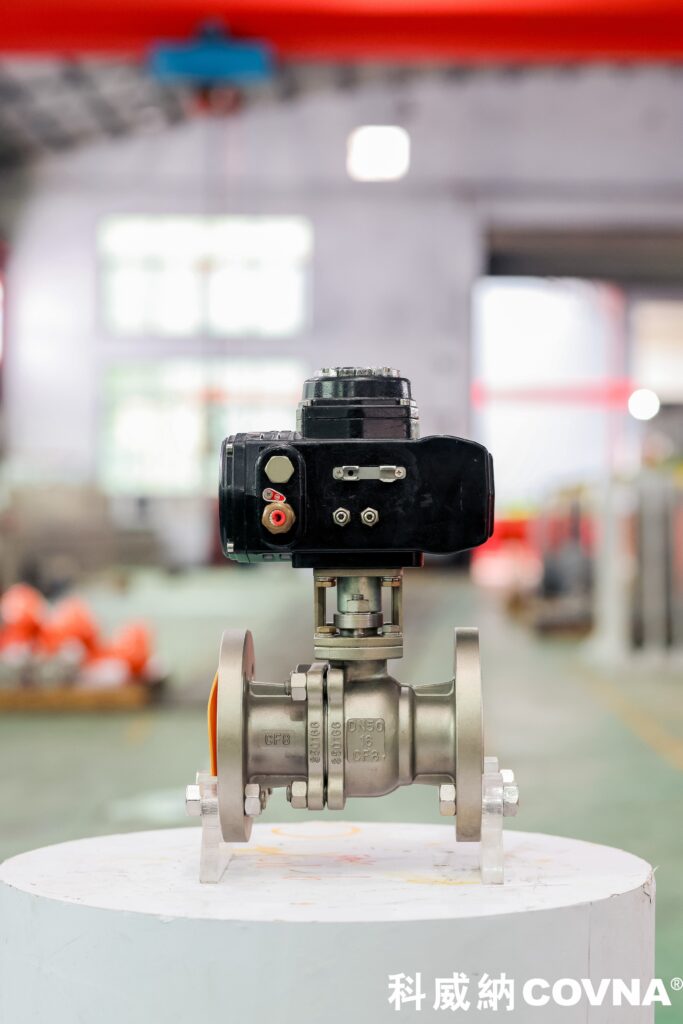The facility operations are built around Industrial storage tanks. In an industrial plant, these tanks vary from fuels to vital chemicals to waste materials as they play a role in production and plant operation. This means that keeping them running at their best for the longest possible period is of utmost importance. In this article, we will discuss how you can extend the lives of your storage tanks through proper maintenance and operational procedures.


WHAT IS THE LIFE EXPECTANCY OF STORAGE TANKS?
Different factors determine how long a storage tank can last. These will include among others whether it is above ground or underground, quality of material used in its construction, installation quality, their design, environmental exposure levels where they are located and how well leak detection and maintenance schedules have been taken care of in addition to their proper integration with other parts of plant process flow. Likewise the selection depends on what your plant aims at and where it is situated. There are many other things to consider when selecting, installing and maintaining a tank like this that all add up to its lifespan. Corrosion from inside steel tanks often makes visible indications about the end-of-life only available when the tank has already deteriorated on the outside. It is therefore crucial to realize how these considerations might affect your specific tank.
A standard above-ground storage tank usually has a lifespan of about 20 years but sometimes goes beyond 40 with good upkeep practices. Although they get exposed to outside elements, these tanks can be managed and monitored more easily hence tend to be tough over time . Yet underground storage tanks generally persist for approximately 15-20 years especially in fairly wet areas.In general terms, however this type of tank becomes harder to maintain due leaks being more frequent while comparatively less easy find them out too.Hence even though these have superior potentials yet rather short-lived during which they remain operable.
As far as tank cleaning is concerned, the type of valves required may vary depending on the specific requirements of the cleaning process and the tank. Nonetheless, some common valves used for tank cleaning include:
These are supposed to be connected with in-tank nozzles or spray balls meant for cleansing purpose. This permits even flow of the cleaners within a vessel.
They can either be rotary or static. The function of a static spray ball is that it sprays detergent uniformly over a fixed area, while rotating ones distribute water more efficiently.
It is utilized to isolate as well as regulate fluid flow in the cleaning system.
They are lightweight, easy-to-operate and have tight seals which are vital during the cleaning stage.
The best for providing on/off control within cleaning solution pipelines.
They are very strong having capacity to resist high pressure cleaner systems.
An effective way for regulating cleansing fluids accurately
For this reason these kinds of valve deal with slurry-like substances and viscous cleansers giving rise to wide range applications of areas where items need to be cleaned from time-to-time.
Check Valves:
In such a case there will be no backflow of chemicals into tanks hence protecting against any pollution on substance being cleaned coming from other sections .
They help avoid excessive pressure that might damage equipment during tank washing cycles.
As pressure levels cross a certain limit, they instantly discharge it hence securing the tank as well as cleaning equipment.
Used for controlling the rate of flow and pressure of cleaning solution.
Automated and remote-adjustable, these can control the entire cleaning process with precision.
These are purposely designed for sectors like food and beverages, pharmaceuticals and biotech with hygienic requirements.
They have polished surfaces without grooves to prevent contamination accumulation.




When selecting valves for tank cleaning, key considerations include; type of tank, nature of residues to be cleaned; the cleaner (fluid) used; pressure & temperature requirements; industry-specific hygiene standards etc.


For more information about valve products and services please feel free to contact our sales team through info@covna-china.com. We will work around the clock to give you world-class service thus ensuring that your cleaning process runs smoothly.

PDF Get-a-Product Catalogue